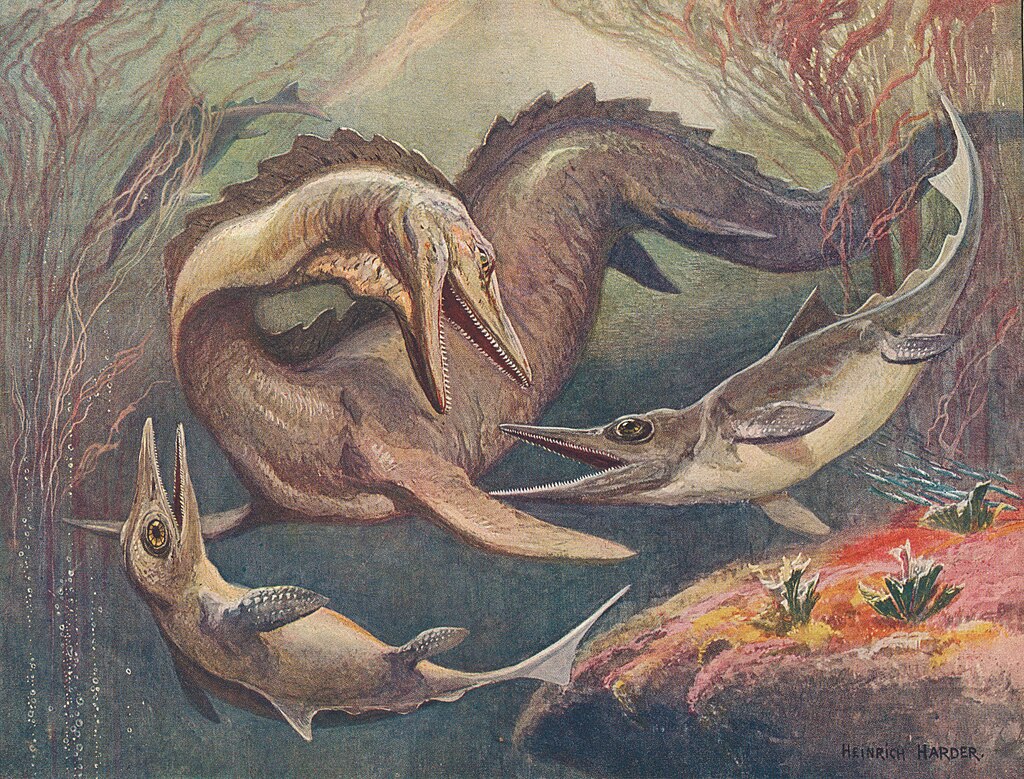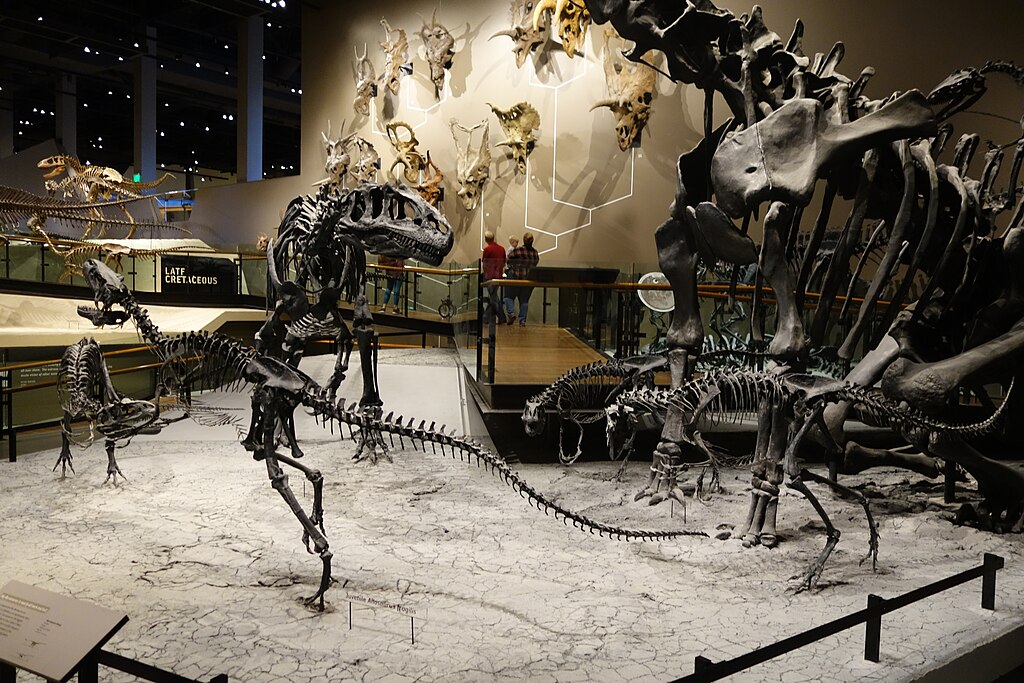In the realm of paleontology, few discoveries have been as revelatory as the fossil that finally solved a 200-million-year-old evolutionary puzzle. This remarkable find, unearthed in the early 21st century, provided the missing link that scientists had been searching for since the Victorian era. The fossil in question belongs to an ancient marine reptile that lived during the Early Jurassic period, offering unprecedented insights into one of the most significant evolutionary transitions in vertebrate history. Through meticulous analysis and cutting-edge technology, researchers were able to piece together a story that had remained hidden in stone for eons, fundamentally changing our understanding of how certain reptiles returned to the sea and evolved into the creatures we now recognize from the fossil record.
The Enigmatic Ichthyosaur: A 200-Million-Year Mystery

Ichthyosaurs have long fascinated paleontologists as perfect examples of convergent evolution—reptiles that independently evolved to look remarkably like modern dolphins and fish. Despite hundreds of ichthyosaur fossils being discovered since the early 19th century, their evolutionary origins remained one of paleontology’s most persistent mysteries. These marine reptiles appeared suddenly in the fossil record about 250 million years ago, seemingly fully adapted to marine life with streamlined bodies, fins, and fish-like characteristics. The lack of transitional fossils showing how land-dwelling reptiles evolved into these specialized ocean dwellers created a significant gap in our understanding of evolution. This absence of evidence fueled both scientific debate and, unfortunately, criticism from those who questioned evolutionary theory itself.
The Groundbreaking Discovery in China

The mystery began to unravel with the discovery of an exceptional fossil in China’s Yunnan Province. In the early 2000s, researchers uncovered the remains of a creature that would become known as Cartorhynchus lenticarpus, dating back approximately 248 million years to the Early Triassic period. What made this specimen extraordinary was its combination of features—a creature clearly on the evolutionary path to becoming an ichthyosaur, yet still retaining characteristics of its land-dwelling ancestors. With a body length of just under half a meter, this small animal displayed both terrestrial and aquatic adaptations. Its short snout, large flippers, and partially flexible wrists suggested a creature that could still move on land but was increasingly adapted for life in water. This discovery provided the first concrete evidence of the transition that led to fully marine ichthyosaurs.
Unexpected Features That Rewrote Evolutionary History

What made the fossil truly revolutionary were the unexpected anatomical features that contradicted previous theories about ichthyosaur evolution. Scientists had long assumed that ichthyosaurs evolved from terrestrial reptiles with long, slender bodies similar to modern lizards or snakes. The new fossil revealed a stocky body with short limbs that were already beginning to transform into flippers. Most surprisingly, it possessed a chest structure that suggested it could breathe both on land and underwater—a critical transitional feature. The creature’s thick ribs and dense bone structure indicated it was likely a bottom-dweller in shallow waters, rather than a fast swimmer in open seas like later ichthyosaurs. These features painted a picture of evolution taking an unexpected pathway, with early ichthyosaurs following a different evolutionary trajectory than previously imagined, possibly similar to how seals evolved from land mammals.
Advanced Technology Reveals Hidden Secrets
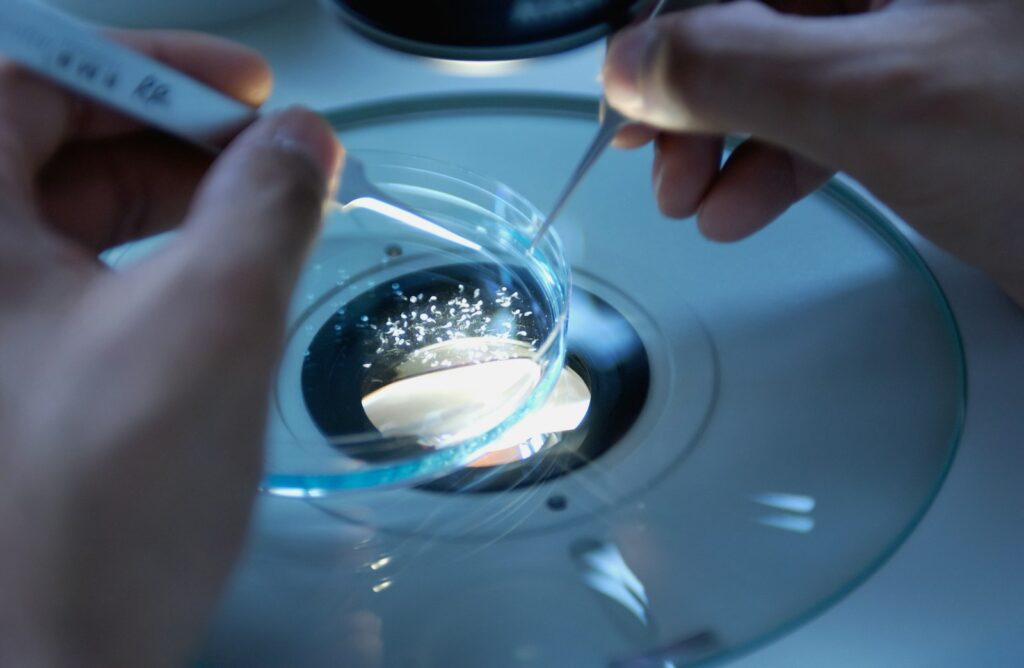
The fossil’s secrets weren’t immediately apparent upon discovery. Only through the application of advanced scientific techniques was its true significance revealed. Researchers employed micro-CT scanning technology to peer inside the rock matrix without damaging the precious specimen. This technology created detailed three-dimensional images of structures that wouldn’t be visible to the naked eye. Additionally, synchrotron radiation analysis allowed scientists to identify chemical elements preserved within the fossil, revealing aspects of the creature’s metabolism and environmental adaptations. Polarized light microscopy exposed growth patterns in the creature’s bones, indicating its developmental stage and growth rate. Through these technological innovations, paleontologists could extract far more information than would have been possible even a decade earlier, transforming a curious fossil into the key that unlocked a centuries-old mystery.
The Crucial Missing Link
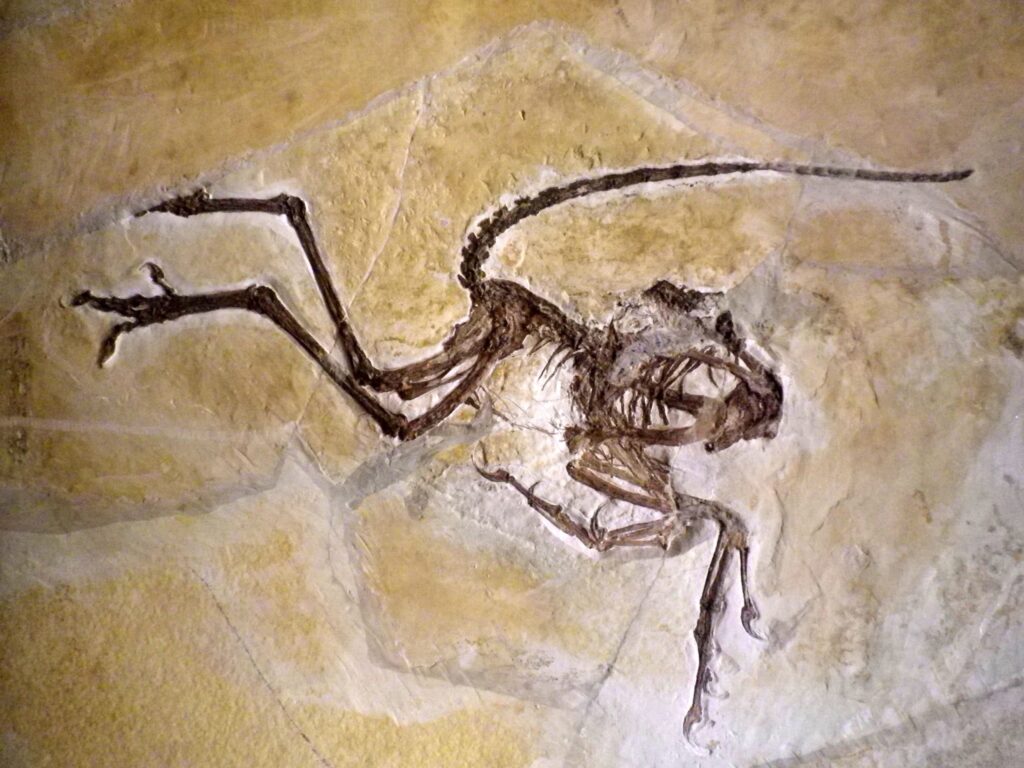
The fossil represented the long-sought “missing link” in ichthyosaur evolution, providing compelling evidence for how land-dwelling reptiles gradually adapted to aquatic life. This transitional form showed a creature caught in evolutionary flux—not yet fully marine but no longer purely terrestrial. Its partially developed flippers still retained finger-like structures, while its backbone showed early signs of the undulating swimming adaptation that would become pronounced in later ichthyosaurs. The creature’s dense bone structure, unlike the lightweight bones of later ichthyosaurs, suggested it was still tied to shallow waters rather than deep ocean swimming. Most importantly, the fossil demonstrated that the transition from land to sea wasn’t a single leap but occurred through numerous incremental adaptations over millions of years. This evidence powerfully illustrated evolutionary processes in action, providing a textbook example of how major anatomical transitions occur.
The Scientific Team Behind the Discovery

The fossil’s significance was only recognized thanks to the dedicated international team of scientists who studied it. Led by paleontologist Dr. Ryosuke Motani from the University of California, Davis, the research team included experts from China, the United Kingdom, and Germany. Each brought specialized knowledge essential to interpreting the fossil’s significance. Chinese researchers provided crucial contextual understanding of the geological formation where the fossil was found, while European experts contributed comparative anatomical analysis based on previously discovered ichthyosaur specimens. The collaborative nature of the project demonstrated how modern paleontology transcends national boundaries, with scientists freely sharing data and insights. This international cooperation was essential in establishing the fossil’s place in evolutionary history, as it required comparing the specimen with collections housed in museums across multiple continents.
Geological Context and Preservation
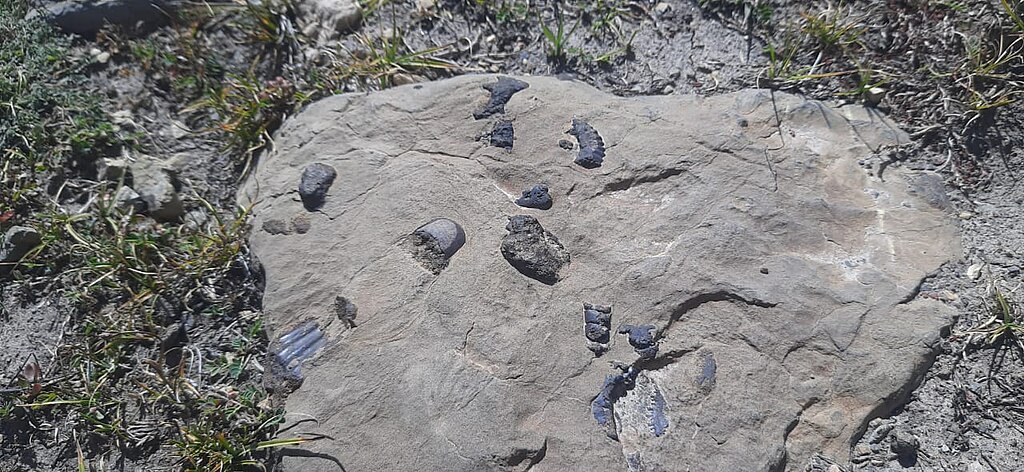
The circumstances of the fossil’s preservation were almost as remarkable as the specimen itself. It was discovered in limestone deposits from the Lower Triassic period that formed shortly after the devastating Permian-Triassic extinction event—the most severe mass extinction in Earth’s history. The exceptional preservation occurred because the animal was quickly buried in fine sediment in an oxygen-poor environment, preventing decomposition and allowing even soft tissue impressions to survive. Geologists determined that the area was once a shallow coastal region, supporting the theory that early ichthyosaurs evolved in near-shore environments before venturing into deeper waters. The fossil’s remarkable state of preservation included impressions of skin texture and possible internal organ outlines, providing unprecedented details about the creature’s biology. This geological context helped scientists understand not just the animal itself, but the world it inhabited as it underwent this evolutionary transition.
Challenging Previous Evolutionary Theories

The discovery forced paleontologists to revise long-held theories about how reptiles returned to the sea. Previously, scientists believed ichthyosaurs evolved from terrestrial diapsid reptiles related to modern lizards, following an evolutionary path that quickly produced streamlined, fish-like forms. The new fossil suggested a different ancestry, possibly linking early ichthyosaurs to more primitive reptiles than previously thought. It also indicated that the transition to marine life began with bottom-dwelling creatures in shallow waters rather than immediately producing open-ocean swimmers. This revelation paralleled what scientists had learned about whale evolution, where early whales like Ambulocetus also went through a shallow-water phase with limbs that could still function on land. The fossil demonstrated that convergent evolution—where similar environmental pressures produce similar adaptations in unrelated lineages—operated even at the transitional stages of returning to aquatic environments.
A Window into Post-Extinction Recovery

The timing of this early ichthyosaur’s existence proved especially significant as it lived during the Early Triassic, just a few million years after the catastrophic Permian-Triassic extinction that wiped out approximately 96% of marine species. This positioned the creature during a critical recovery period when ecological niches were empty and evolutionary opportunities abundant. The fossil provided evidence that major evolutionary innovations often occur during recovery periods after mass extinctions, when reduced competition allows for rapid adaptive radiation. In this case, the decimation of marine predators created an opportunity for land reptiles to exploit food resources in the sea. The early ichthyosaur’s mixed adaptations—still capable of moving on land but increasingly adapted for water—represented an evolutionary exploration into a newly available ecological niche. This insight helped scientists better understand not just ichthyosaur evolution, but the broader patterns of how life recovers and diversifies after catastrophic extinction events.
Impact on Modern Evolutionary Understanding

The significance of this fossil extended far beyond filling a gap in ichthyosaur evolution; it provided a textbook example of macroevolutionary change that strengthened our fundamental understanding of evolutionary processes. By documenting a clear transitional form with features intermediate between terrestrial reptiles and fully aquatic ichthyosaurs, the fossil offered compelling evidence against arguments that such transitions are impossible. The discovery demonstrated how complex structures like flippers can evolve gradually from limbs through a series of functional intermediate stages. Each stage was viable and adaptive in its own right, contradicting claims that partial adaptations would be disadvantageous. This evidence proved particularly valuable in science education, providing a concrete example of major evolutionary transition that was comprehensible to students and the general public. The fossil became a powerful teaching tool, illustrating how paleontological evidence continues to refine and support evolutionary theory.
Similar Evolutionary Transitions in Other Lineages
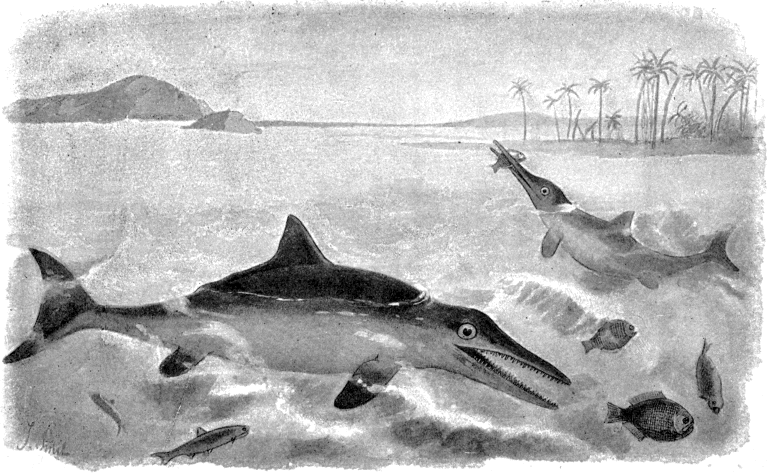
The ichthyosaur fossil illuminated parallels with other major evolutionary transitions from land to sea. Scientists recognized similar patterns in the evolution of whales, whose fossil record shows a clear progression from land mammals to fully aquatic cetaceans through forms like Pakicetus and Ambulocetus. The same principles applied to the evolution of plesiosaurs and mosasaurs—other marine reptiles that independently returned to the sea through comparable transitional stages. These parallel examples demonstrated how evolution often follows similar pathways when confronted with the challenges of adapting to aquatic environments. In each case, limbs gradually transformed into flippers, bodies became more streamlined, and breathing mechanisms adapted for longer periods underwater. The ichthyosaur fossil provided a framework for understanding these common patterns in evolutionary transitions between environments, revealing fundamental principles about how major anatomical transformations occur across diverse animal groups.
Continuing the Search: What More Might We Discover?

The remarkable ichthyosaur fossil opened new avenues of research and spurred paleontologists to search for additional transitional forms. Scientists have since focused on Early Triassic deposits worldwide, hoping to uncover more examples that might fill in further details of this evolutionary story. Promising locations include sites in western North America, Spitsbergen in the Arctic Circle, and additional locations in China where similar-aged rocks are exposed. Each new discovery has the potential to refine our understanding of the timing and pace of ichthyosaur evolution. Paleontologists are particularly interested in finding specimens that might represent even earlier stages in the transition or that illustrate the diversification of ichthyosaurs after they became fully marine. The original discovery demonstrated that significant fossils may still await discovery, even in groups that have been studied for centuries. Advanced prospecting technologies, including drone surveys and ground-penetrating radar, are now being employed to identify promising new fossil sites that might yield additional evolutionary insights.
The Legacy of a Single Fossil

The impact of this single fossil specimen extends far beyond academic paleontology, illustrating how a well-preserved specimen can transform our understanding of evolutionary history. It has been featured in museum exhibitions worldwide, allowing millions of visitors to witness direct evidence of major evolutionary transition. Documentary films and popular science publications have highlighted the discovery, making it one of the most publicly recognized examples of evolutionary evidence discovered in recent decades. The fossil has been incorporated into university curricula as a classic case study in macroevolution, helping train the next generation of scientists. Perhaps most importantly, it stands as a testament to the power of scientific investigation to unlock secrets from the distant past. From a chunk of rock containing the impression of an animal that lived nearly 250 million years ago, scientists extracted a story that enhanced our understanding of life’s history on Earth and the processes that have shaped its remarkable diversity.
Conclusion
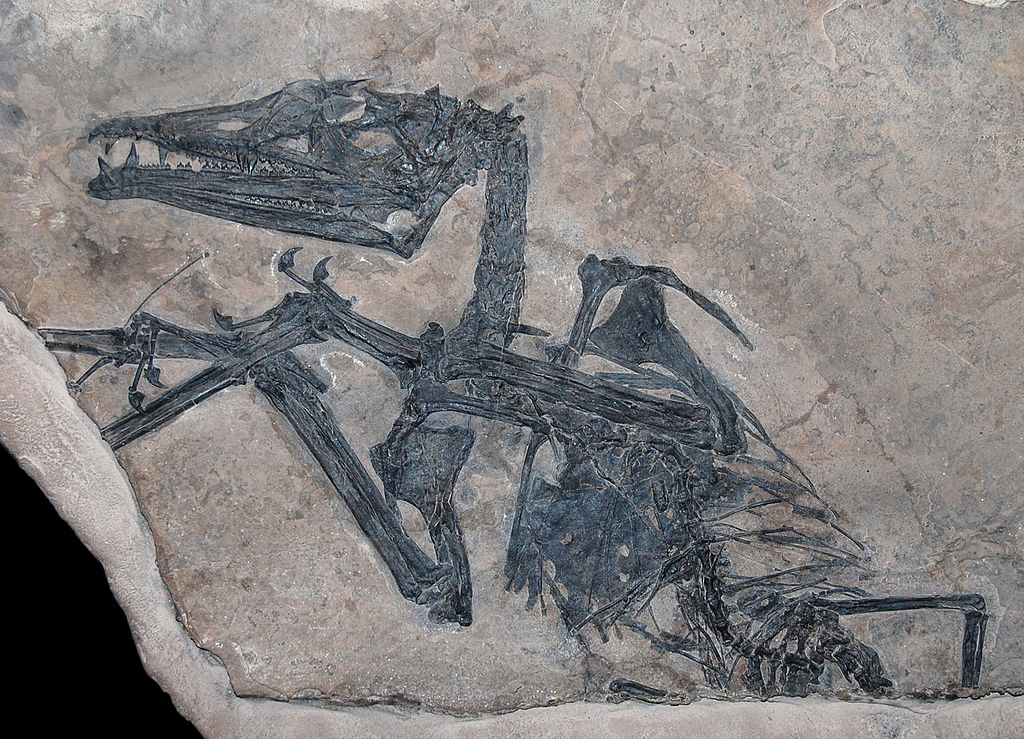
This single remarkable fossil has forever changed our understanding of one of evolution’s most fascinating transitions—the return of land-dwelling reptiles to the sea. By bridging a 200-million-year-old gap in our knowledge, it has provided compelling evidence of evolutionary processes in action and inspired renewed scientific inquiry. As technology advances and more fossils are discovered, our picture of ichthyosaur evolution will continue to be refined, but this groundbreaking specimen will always represent the critical breakthrough that cracked open an ancient mystery and illuminated a pivotal chapter in Earth’s biological history.

